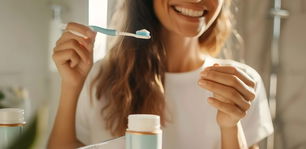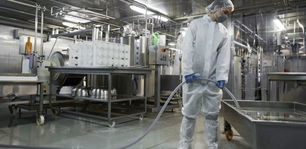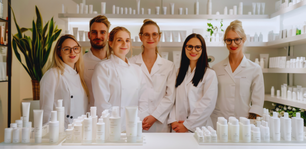They are one of the key ingredients in many cosmetics and are often directly responsible for the specific effects of such products.
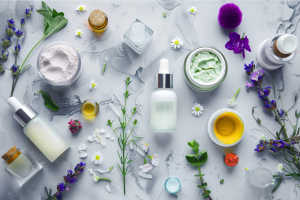
Learn about the most common types of active ingredients – along with a discussion of their origins and modes of action.
Active ingredients used in cosmetics – what are they?
Active ingredients are elements that interact with the skin in a specific way and, as a result, determine the effectiveness of a given cosmetic product. Alongside emulsifiers and preservatives (e.g. parabens), they form the basis of cosmetics production. We can divide the types of active ingredients into several main categories.
- The first group is made up of those we define based on their origin. We distinguish between natural ingredients (e.g., oils or plant extracts), synthetic ingredients (e.g., retinol, niacinamide), as well as biotechnological ingredients (including peptides or hyaluronic acid).
- The second area, in turn, takes into account how they operate. Here, the most noteworthy ingredients are those that moisturise the skin, smooth it, reduce wrinkles and generally have an anti-ageing effect, improve and brighten the skin tone and reduce discolouration, and have antioxidant and anti-inflammatory properties.
Below, we have presented a list of the most important active ingredients that are used in modern cosmetology.
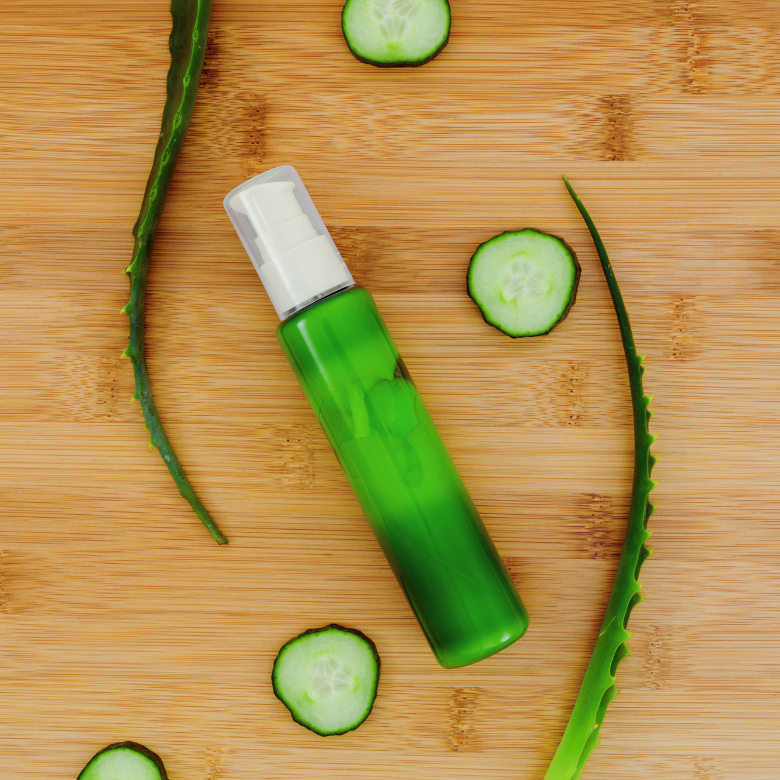
#1 Vitamins
- Vitamin C – is a very powerful antioxidant that stimulates collagen production and also lightens skin discolouration.
- Vitamin A (retinol) – accelerates cell renewal, reduces wrinkles and has an anti-ageing effect.
- Vitamin B3 (niacinamide) – soothes irritation, protects the skin and is responsible for regulating sebum secretion.
Vitamins E and B5 (panthenol) have a supportive effect, complementing the action of the main active ingredients.
#2 Acids
This group includes a whole range of ingredients, including acids:
- AHA, which exfoliate dead cells and help fight discolouration and uneven skin texture.
- Salicylic, which helps with acne and blackheads.
- PHA, which exfoliates, protects and moisturises the skin.
But perhaps the best known is hyaluronic acid, which binds water perfectly and is therefore responsible for intense moisturisation.
#3 Antioxidants
They protect against oxidative stress, which accelerates skin ageing. Their presence in cosmetics is possible thanks to (as mentioned above) vitamins C and E. Other proven and effective antioxidants include resveratrol, coenzyme Q10 and green tea extract.
Read more about antioxidants in cosmetics.
#4 Peptides
Peptides are proteins that can come in several types.
- Signalling – through elastin and collagen production, improve the appearance of the skin (including wrinkle reduction).
- Transporters – promote the production of elastin, collagen and hyaluronic acid and then – facilitate their penetration into the body.
- Neuropeptites – relaxes and relaxes muscles and reduces wrinkles.
#5 Plant extracts
Here are just a few examples:
- Aloe vera has a soothing effect on skin irritation.
- Chamomile has a proven anti-inflammatory effect.
- Green tea gives protection against free radicals.
- Tea tree oil, in turn, has an antibacterial effect.
Interesting fact: the effectiveness of active ingredients from plant extracts is variable and largely depends on how they are extracted.
Other active ingredients used in cosmetics
Finally, we must mention the group formed by humectants, emollients and occlusives. The first ones are responsible for the efficient use of water and hydration of the body. They include hyaluronic acid, glycerine and urea, which also has an exfoliating effect. The second (emollients) in the form of squalane, vegetable oils and butter soften, nourish, regenerate and smooth the skin. The third and last group, occlusives, are a proven way to protect the skin’s surface (these include petroleum jelly and beeswax – read about plant waxes).
Who are they for and how we can combine them? Selection of types and concentrations.
Cosmetics containing niacinamide or salicylic acid are recommended for oily skin. For dry skin, hyaluronic acid with ceramides is definitely a better choice. Mature people (with visible signs of skin ageing) should use products containing retinol, vitamin C and peptides.
The amount of substance used also plays an important role. The optimal concentrations are – for example – considered to be 10 – 20% (for vitamin C), 2 – 5% (for niacinamide) and as low as 0.1 – 1% (for retinol).
In addition, the right choice of individual ingredients is also important. For example, vitamins C and E enhance each other’s antioxidant effects. Retinol, on the other hand, accompanied by peptides, produces even better anti-ageing effects.
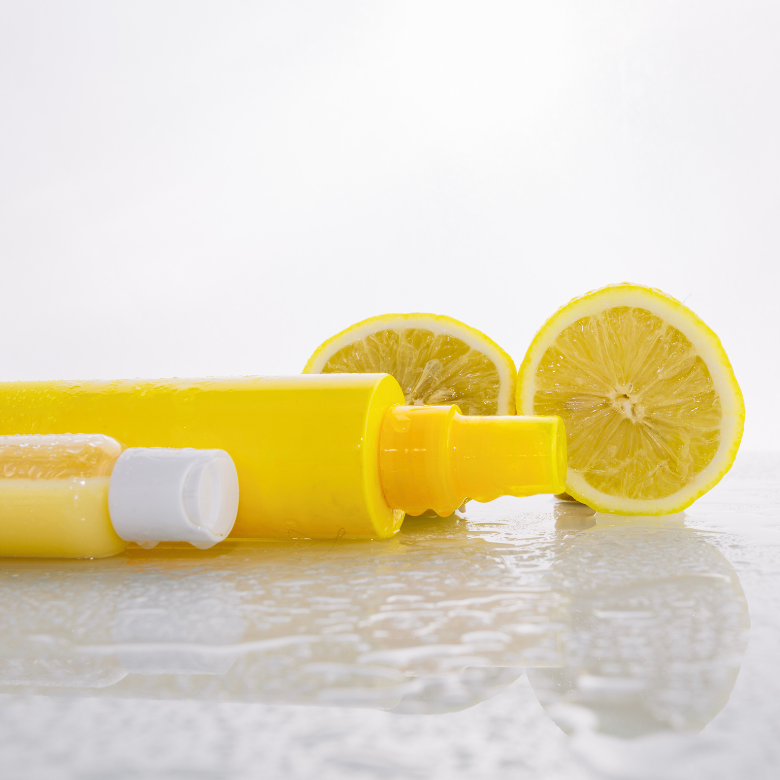
Are the active ingredients safe?
Most of the ingredients presented and described above are fully safe. However, this does not mean that they can be used by anyone – and without any control. Caution is advised especially for pregnant and lactating women, who should not use retinol. Possible side effects relate to concentration levels – too much acid or oil can, for example, cause allergies or skin irritation.
To be sure that a cosmetic product is safe for you:
- Firstly – read its composition carefully.
- Secondly – apply a small amount and check your body’s reaction.
- Thirdly – if in any doubt – consult your doctor (preferably a dermatologist).
Need more information?
Active ingredients, along with surfactants or parabens, are just some of the many elements responsible for the creation of safe, long-lasting and effective cosmetics. If you are looking for proven knowledge on a wide range of chemistry topics and more – visit our professional blog.
- Wiszniewska A. Niewskazane duety składników kosmetycznych. Biotechnologia.pl, 29 marca 2021 [online]. Dostępna na: https://biotechnologia.pl/kosmetologia/niewskazane-duety-skladnikow-kosmetycznych,20673 [dostęp: 5 VIII 2025]
- Biotechnologia.pl. Rola witamin w kosmetykach: witamina A, C, E, B3, B5. Biotechnologia.pl, 25 listopada 2013 [online]. Dostępna na: https://biotechnologia.pl/kosmetologia/rola-witamin-w-kosmetykach,13245 [dostęp: 5 VIII 2025]
- Michalak M. Bioactive compounds for skin health: A review. MDPI Nutrients, June 2021 [online]. Dostępna na: https://www.ncbi.nlm.nih.gov/pmc/articles/PMC7827176/ [dostęp: 5 VIII 2025]


















